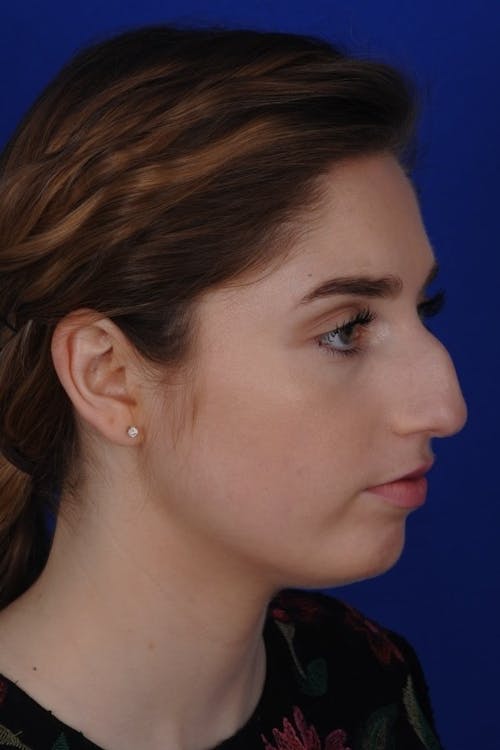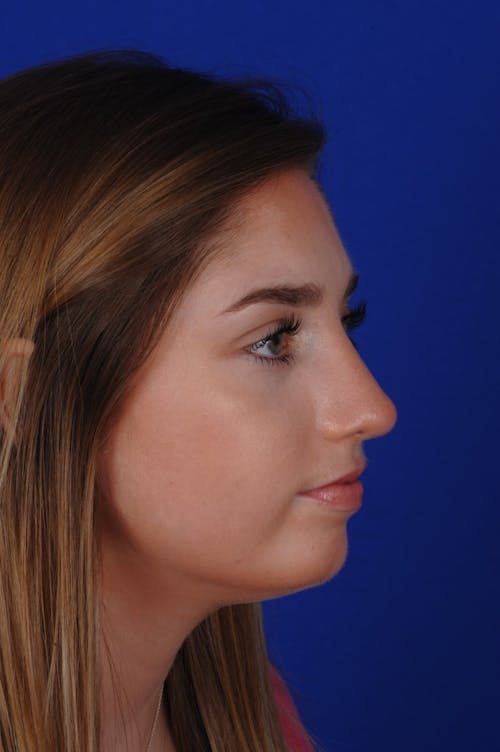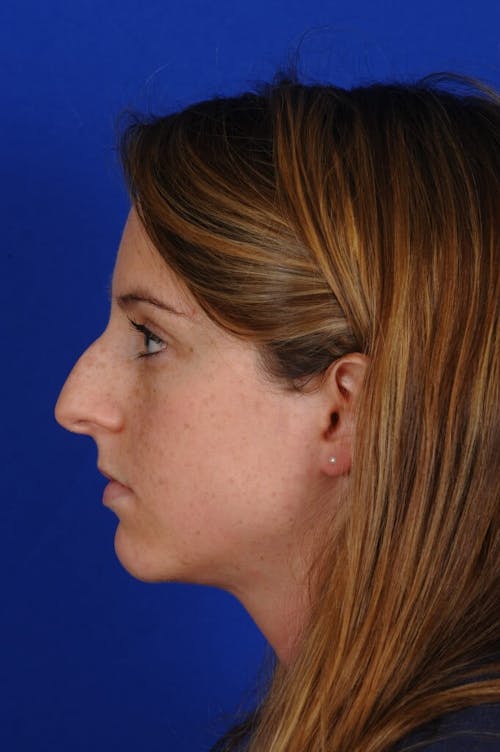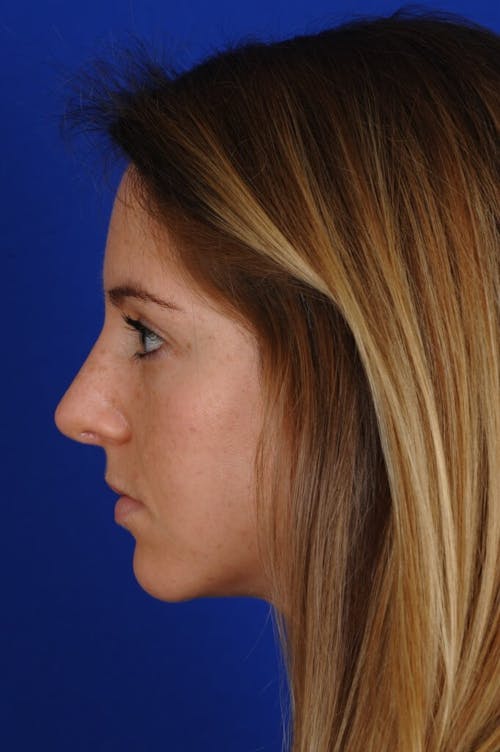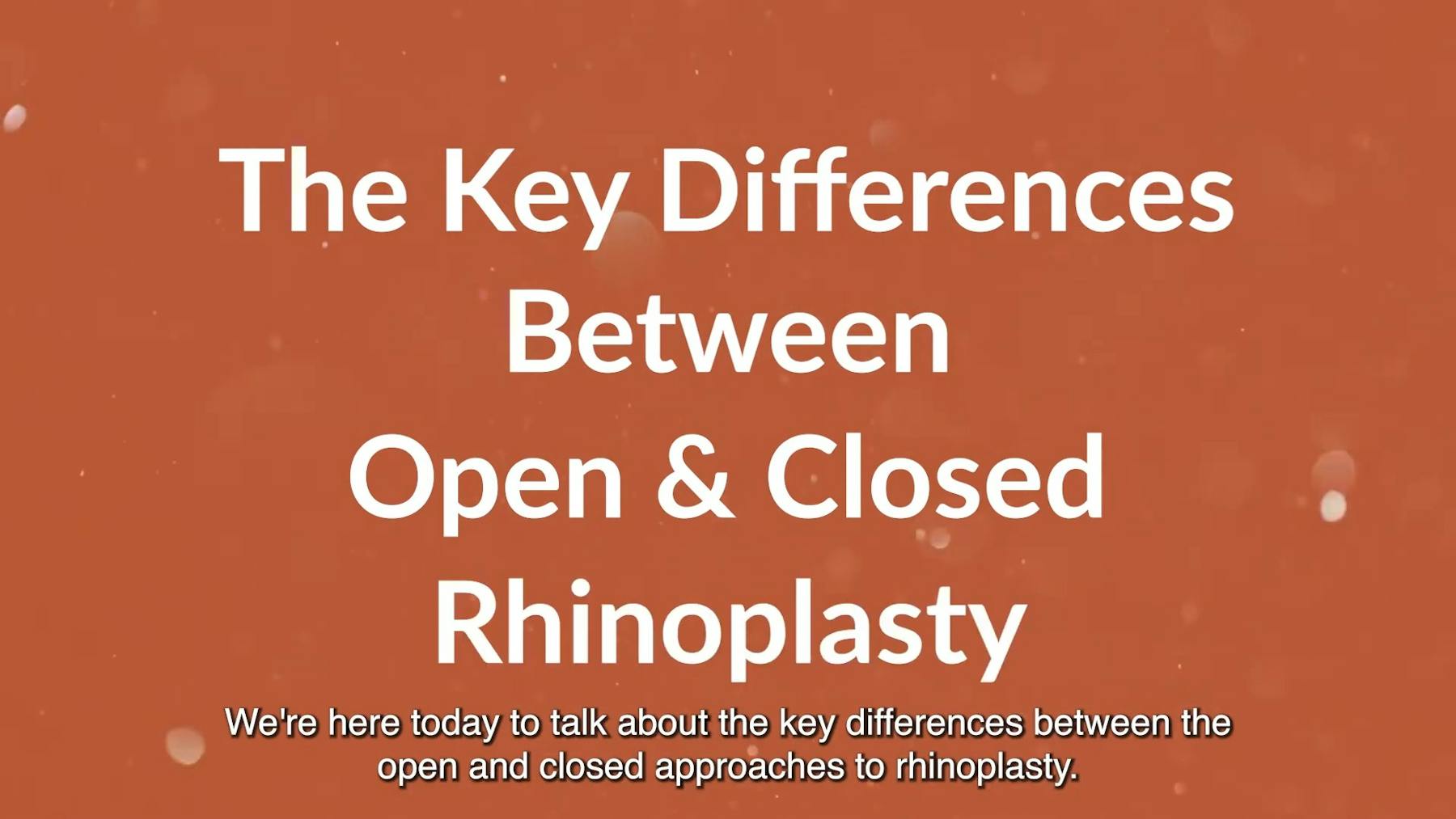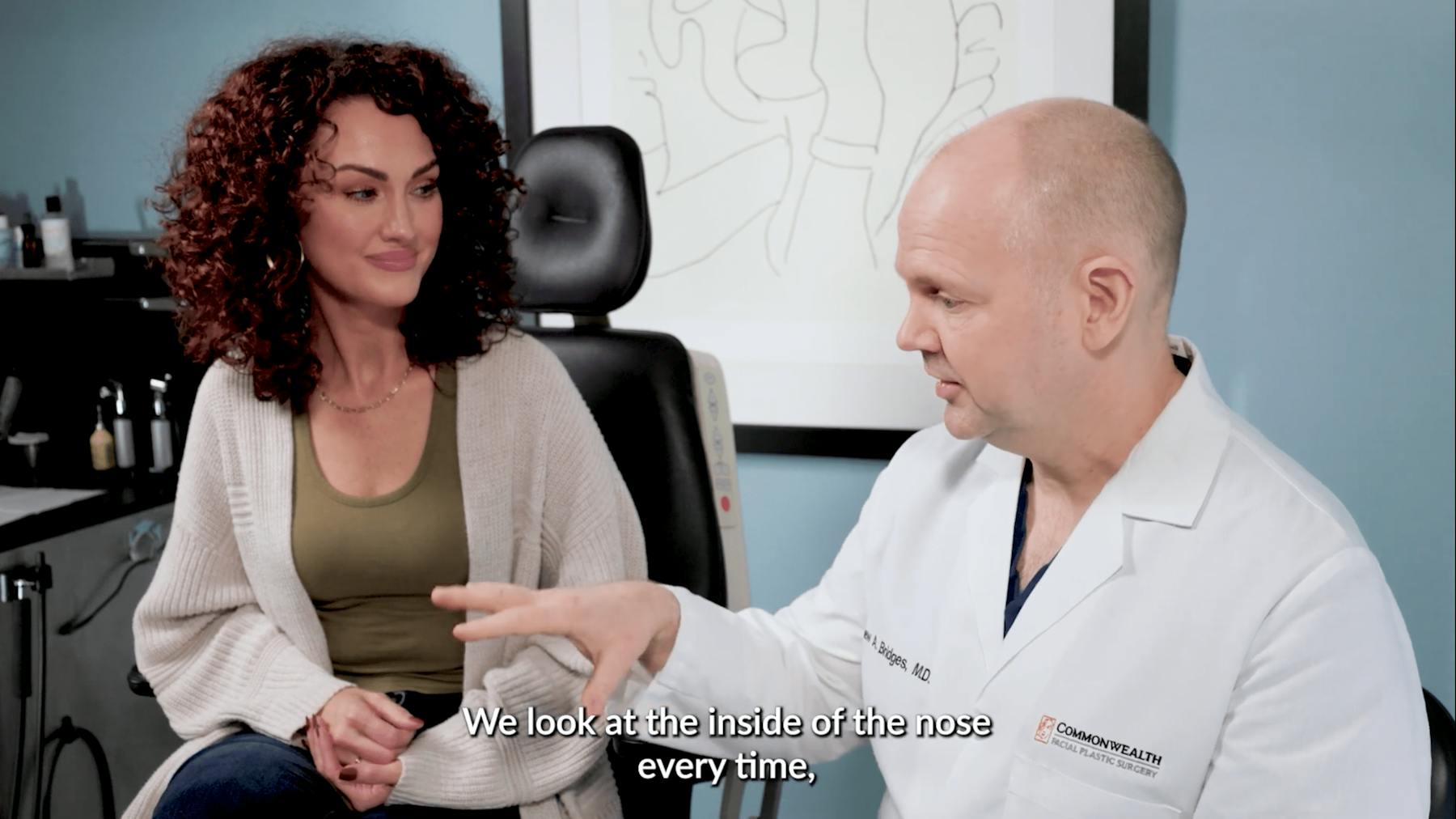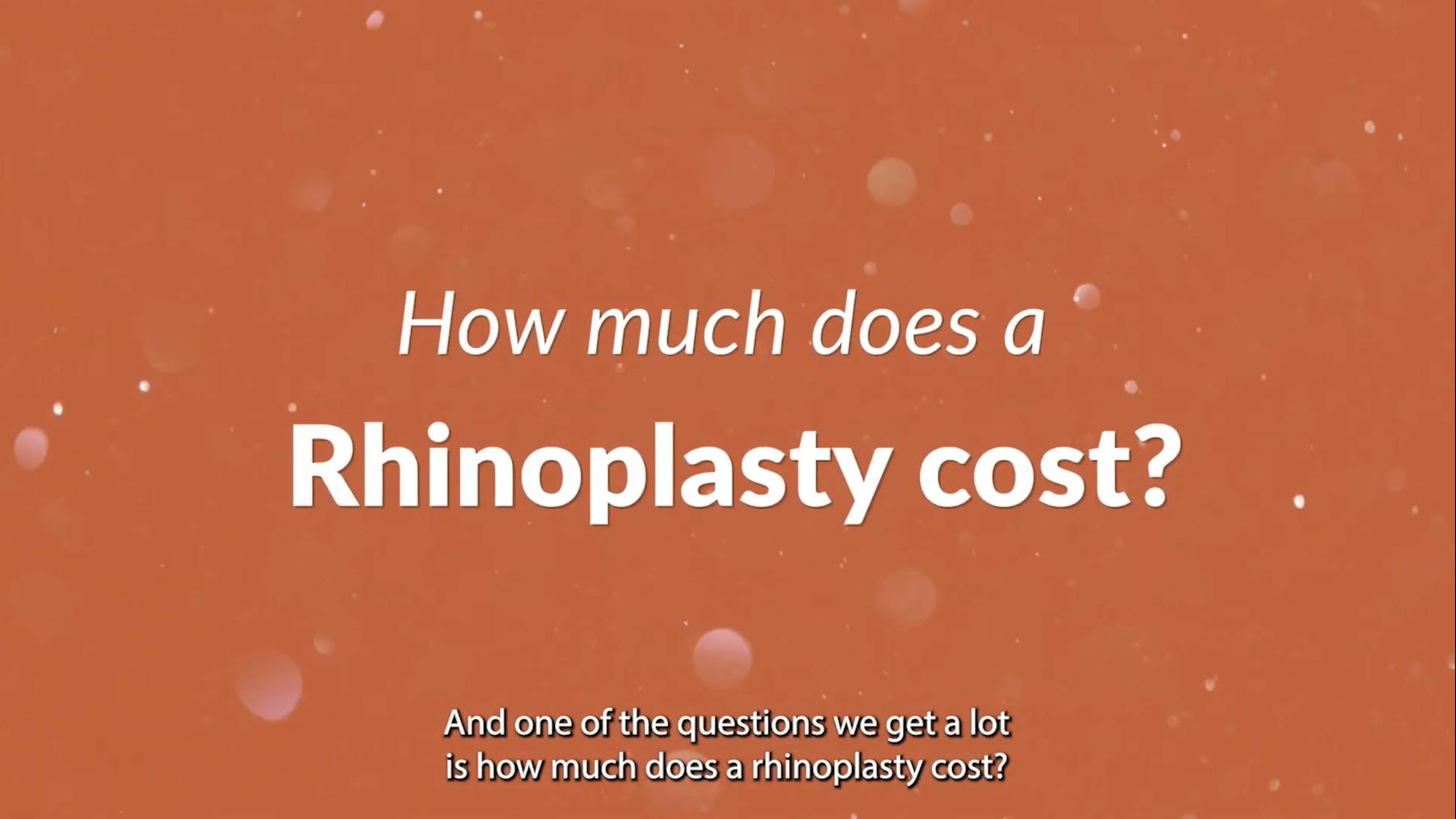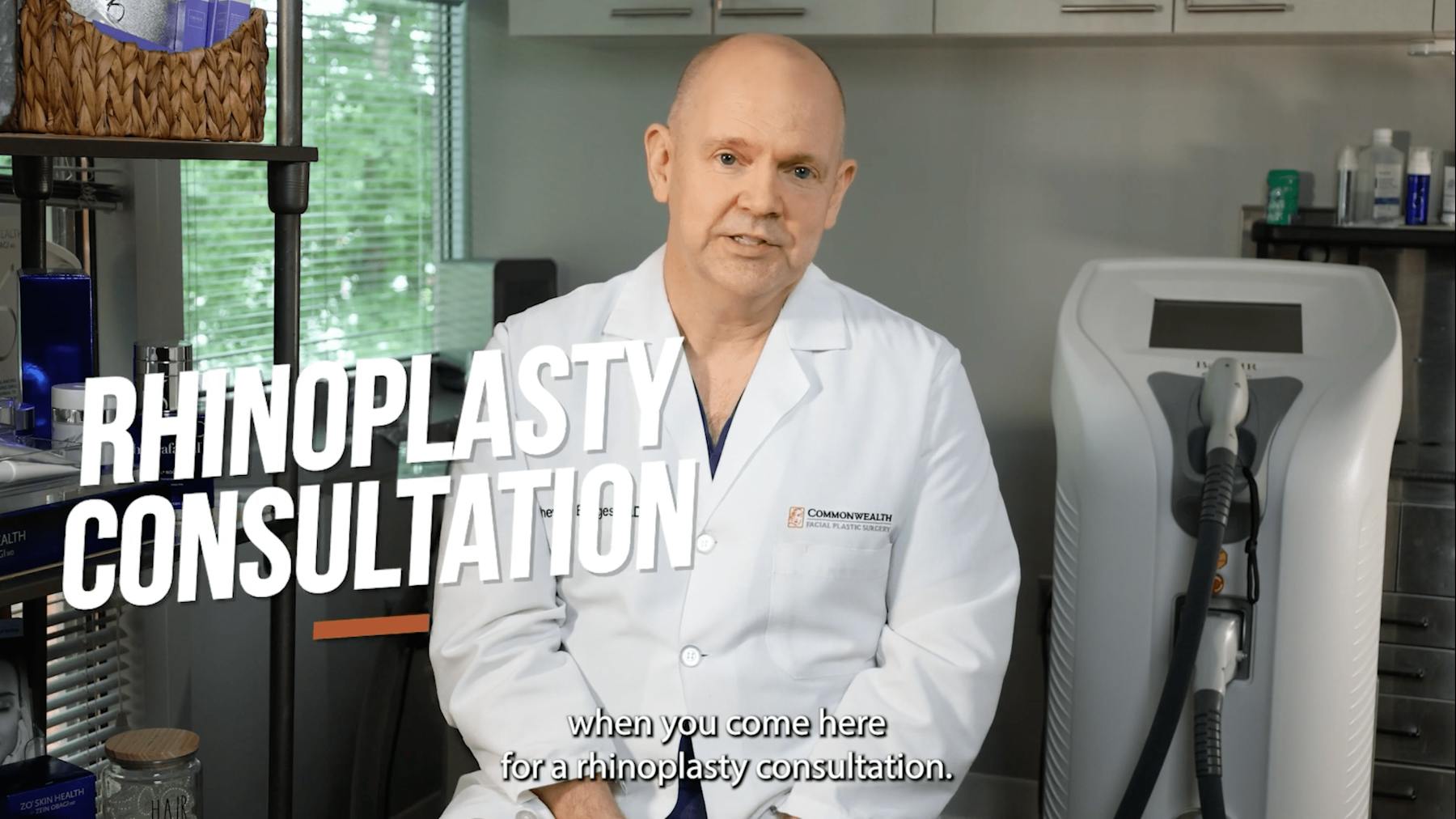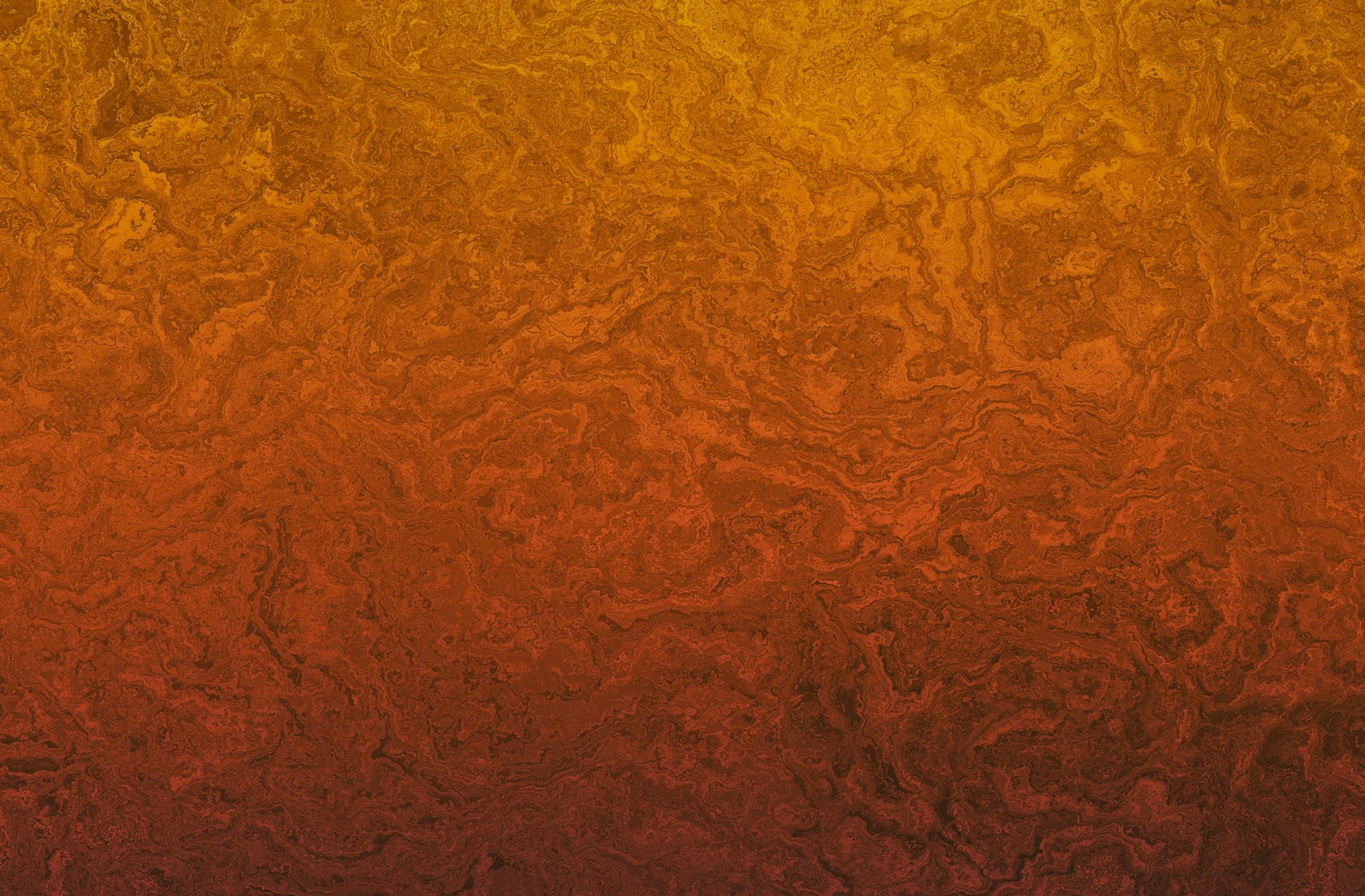The size and shape of the nose can greatly influence a person’s appearance and self-confidence. As a defining facial feature, even subtle changes to the nose can enhance overall facial harmony. Each year, about 500,000 people choose to undergo rhinoplasty, or a “nose job,” to achieve their desired look.
Rhinoplasty Videos

Rhinoplasty FAQ
Are surgery fears normal?
Will my nose be broken?
What is a nasal pack?
Is surgery the only answer?
How much does rhinoplasty cost?
Are surgery fears normal?
Yes, and this fear is always elevated when surgery involves the face. However, more than 350,000 people in the U.S. undergo rhinoplasty each year, making it one of the most common cosmetic surgeries. One way to help calm your fears is to find a reputable and skilled surgeon with extensive nose surgery experience. Rhinoplasty is one of the main focuses of Dr. Bridges' practice. He is the Richmond rhinoplasty expert.
Will my nose be broken?
Some rhinoplasty patients will benefit from osteotomies or bone cuts during surgery. This allows maneuvers such as narrowing the width or correcting an asymmetrical nose. It is a common practice and heals within just a few weeks following surgery.
What is a nasal pack?
Nasal packing involves inserting gauze and/or cotton packs into the nasal cavity after surgery. These packs are used to control bleeding, but they are not usually necessary. Dr. Bridges almost never uses packing in the nose for rhinoplasty. He occasionally places soft silicone tubes if extensive septal work is required.
Is surgery the only answer?
Noses that are too large, too wide, or have a specific deformity may only be able to be enhanced through nose surgery. However, the look of some noses may be enhanced using an injectable filler. 'Injection rhinoplasty' may be an option before resorting to surgery. This in-office procedure can help soften and camouflage a bump, alter the tip of the nose, and smooth out irregularities.
How much does rhinoplasty cost?
The cost of rhinoplasty varies depending on what needs to be done in surgery. Sometimes, insurance will cover parts of the procedure, such as septoplasty, if they are performed for functional reasons. The out-of-pocket cost can range from $4000-$10,000+, depending on the complexity of the surgery, whether insurance is involved, and whether previous surgery has been performed. Facility fees and anesthesia charges add additional costs.





